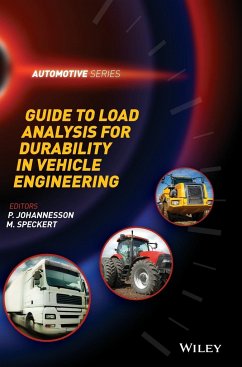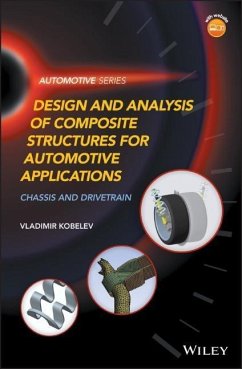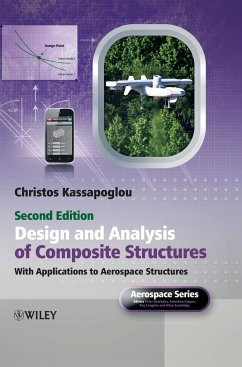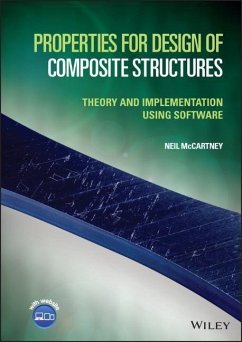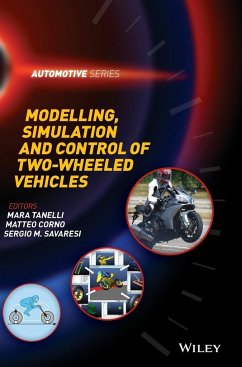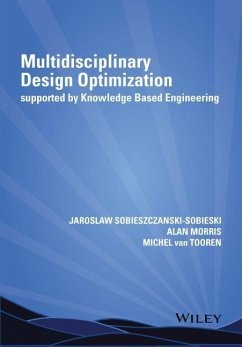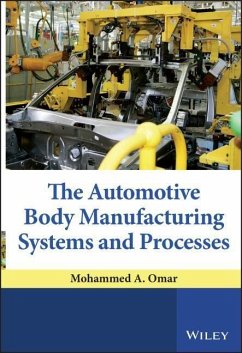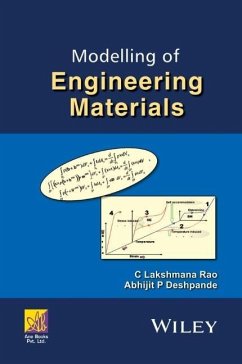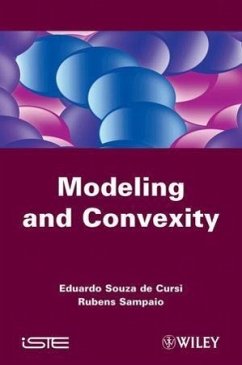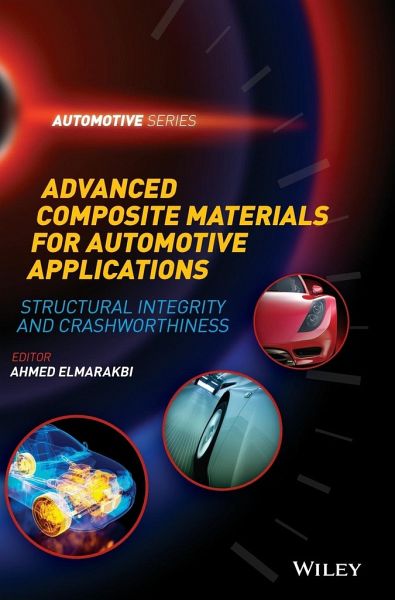
Advanced Composite Materials for Automotive Applications
Structural Integrity and Crashworthiness
Versandkostenfrei!
Versandfertig in über 4 Wochen
136,99 €
inkl. MwSt.
Weitere Ausgaben:

PAYBACK Punkte
68 °P sammeln!
The automotive industry faces many challenges, including increased global competition, the need for higher-performance vehicles, a reduction in costs and tighter environmental and safety requirements. The materials used in automotive engineering play key roles in overcoming these issues: ultimately lighter materials mean lighter vehicles and lower emissions. Composites are being used increasingly in the automotive industry due to their strength, quality and light weight.Advanced Composite Materials for Automotive Applications: Structural Integrity and Crashworthiness provides a comprehensive e...
The automotive industry faces many challenges, including increased global competition, the need for higher-performance vehicles, a reduction in costs and tighter environmental and safety requirements. The materials used in automotive engineering play key roles in overcoming these issues: ultimately lighter materials mean lighter vehicles and lower emissions. Composites are being used increasingly in the automotive industry due to their strength, quality and light weight.
Advanced Composite Materials for Automotive Applications: Structural Integrity and Crashworthiness provides a comprehensive explanation of how advanced composite materials, including FRPs, reinforced thermoplastics, carbon-based composites and many others, are designed, processed and utilized in vehicles. It includes technical explanations of composite materials in vehicle design and analysis and covers all phases of composite design, modelling, testing and failure analysis. It also sheds light on the performance of existing materials including carbon composites and future developments in automotive material technology which work towards reducing the weight of the vehicle structure.
Key features:
Chapters written by world-renowned authors and experts in their own fields
Includes detailed case studies and examples covering all aspects of composite materials and their application in the automotive industries
Unique topic integration between the impact, crash, failure, damage, analysis and modelling of composites
Presents the state of the art in composite materials and their application in the automotive industry
Integrates theory and practice in the fields of composite materials and automotive engineering
Considers energy efficiency and environmental implications
Advanced Composite Materials for Automotive Applications: Structural Integrity and Crashworthiness is a comprehensive reference for those working with composite materials in both academia and industry, and is also a useful source of information for those considering using composites in automotive applications in the future.
Advanced Composite Materials for Automotive Applications: Structural Integrity and Crashworthiness provides a comprehensive explanation of how advanced composite materials, including FRPs, reinforced thermoplastics, carbon-based composites and many others, are designed, processed and utilized in vehicles. It includes technical explanations of composite materials in vehicle design and analysis and covers all phases of composite design, modelling, testing and failure analysis. It also sheds light on the performance of existing materials including carbon composites and future developments in automotive material technology which work towards reducing the weight of the vehicle structure.
Key features:
Chapters written by world-renowned authors and experts in their own fields
Includes detailed case studies and examples covering all aspects of composite materials and their application in the automotive industries
Unique topic integration between the impact, crash, failure, damage, analysis and modelling of composites
Presents the state of the art in composite materials and their application in the automotive industry
Integrates theory and practice in the fields of composite materials and automotive engineering
Considers energy efficiency and environmental implications
Advanced Composite Materials for Automotive Applications: Structural Integrity and Crashworthiness is a comprehensive reference for those working with composite materials in both academia and industry, and is also a useful source of information for those considering using composites in automotive applications in the future.



